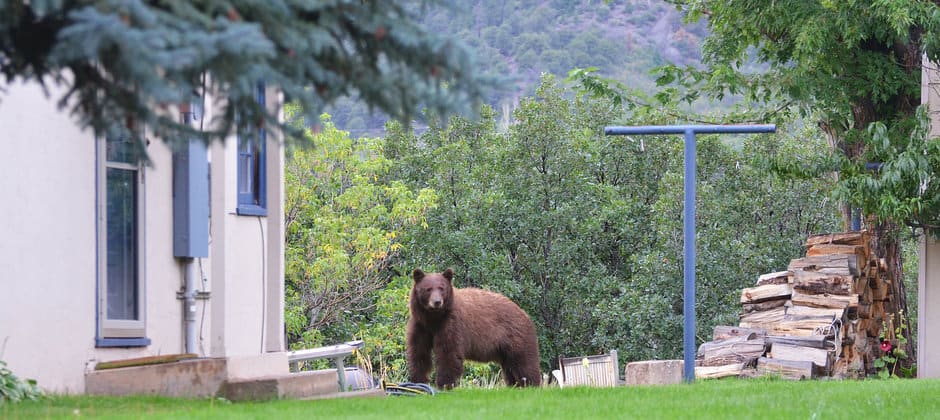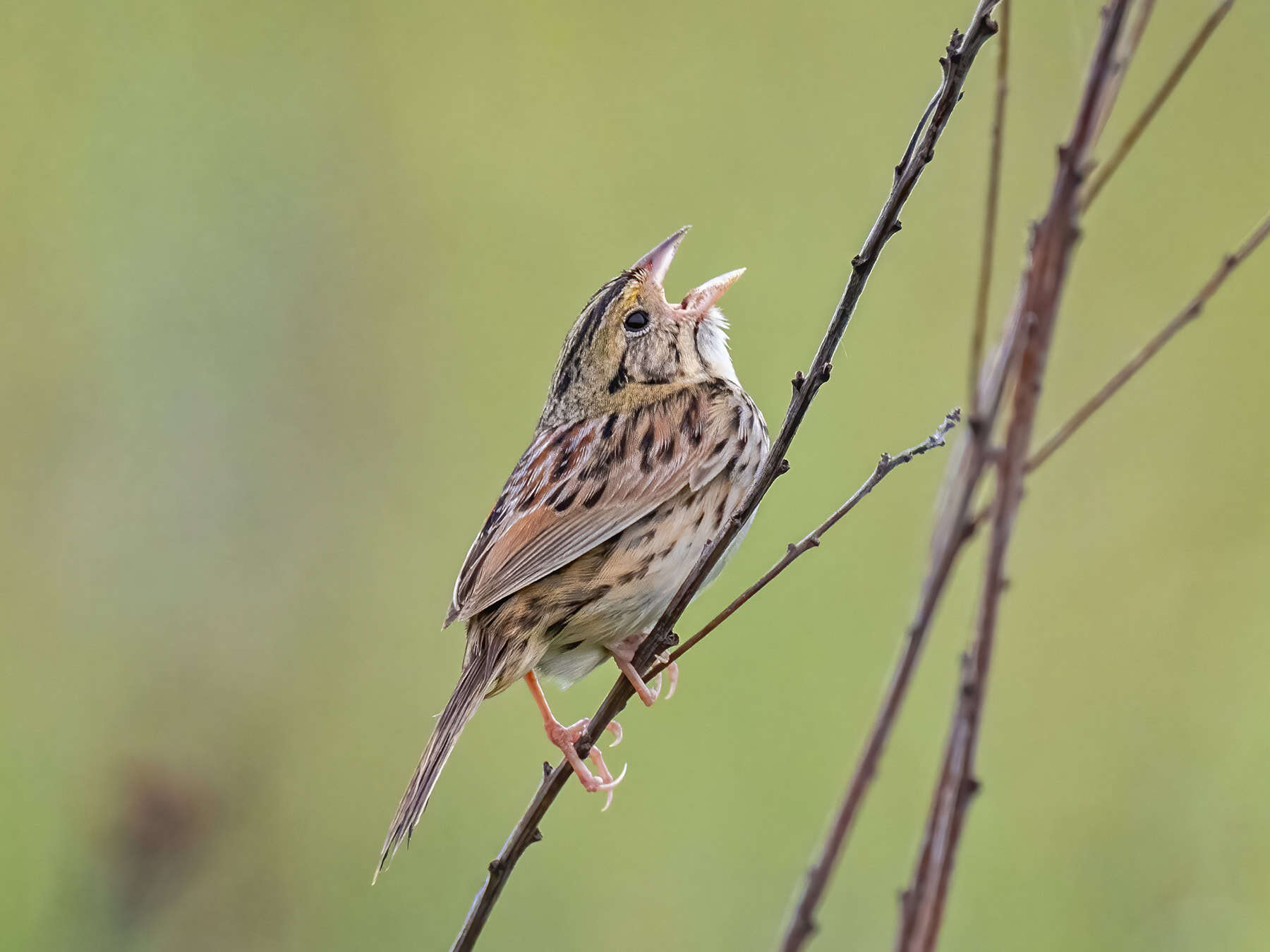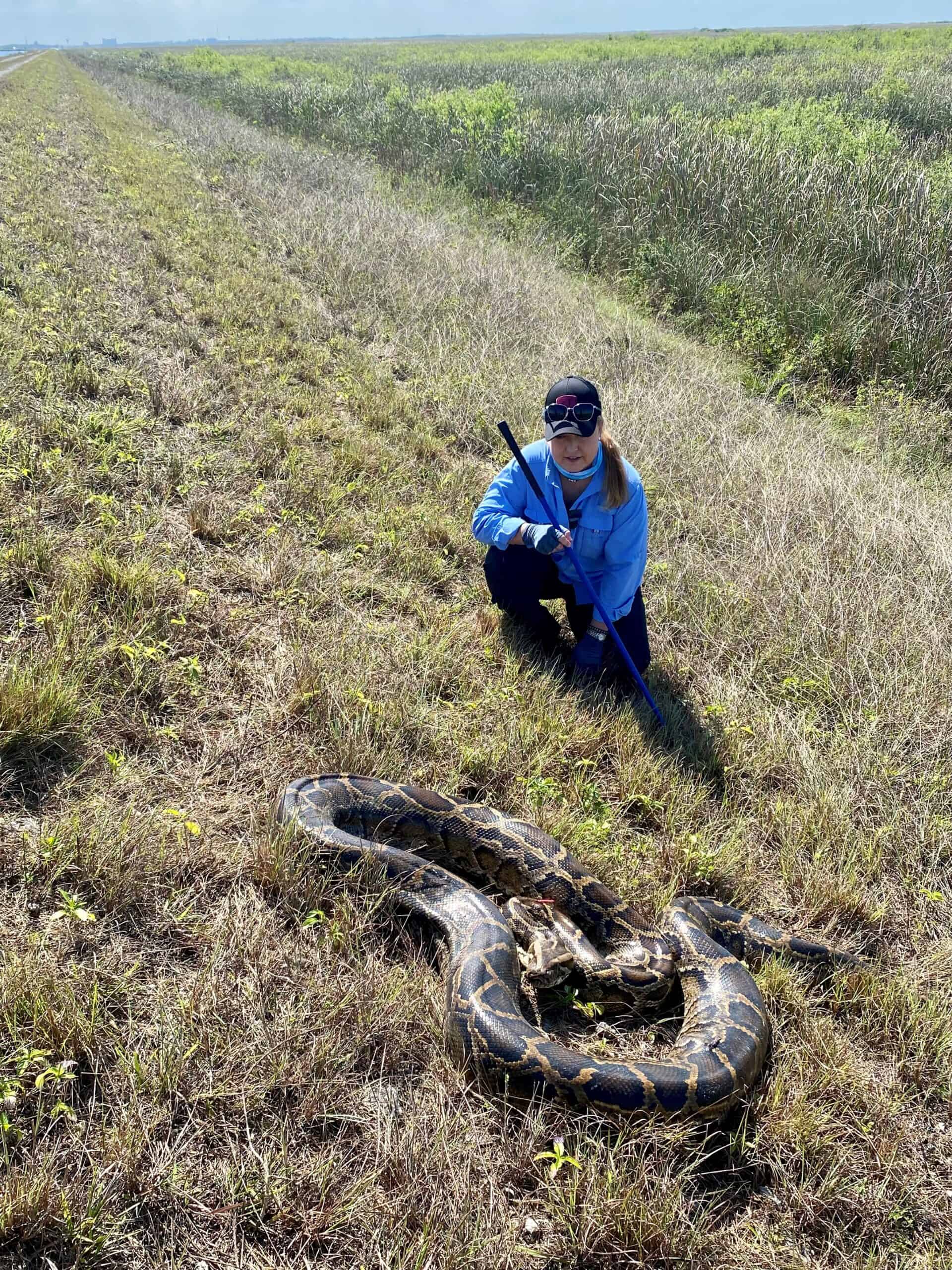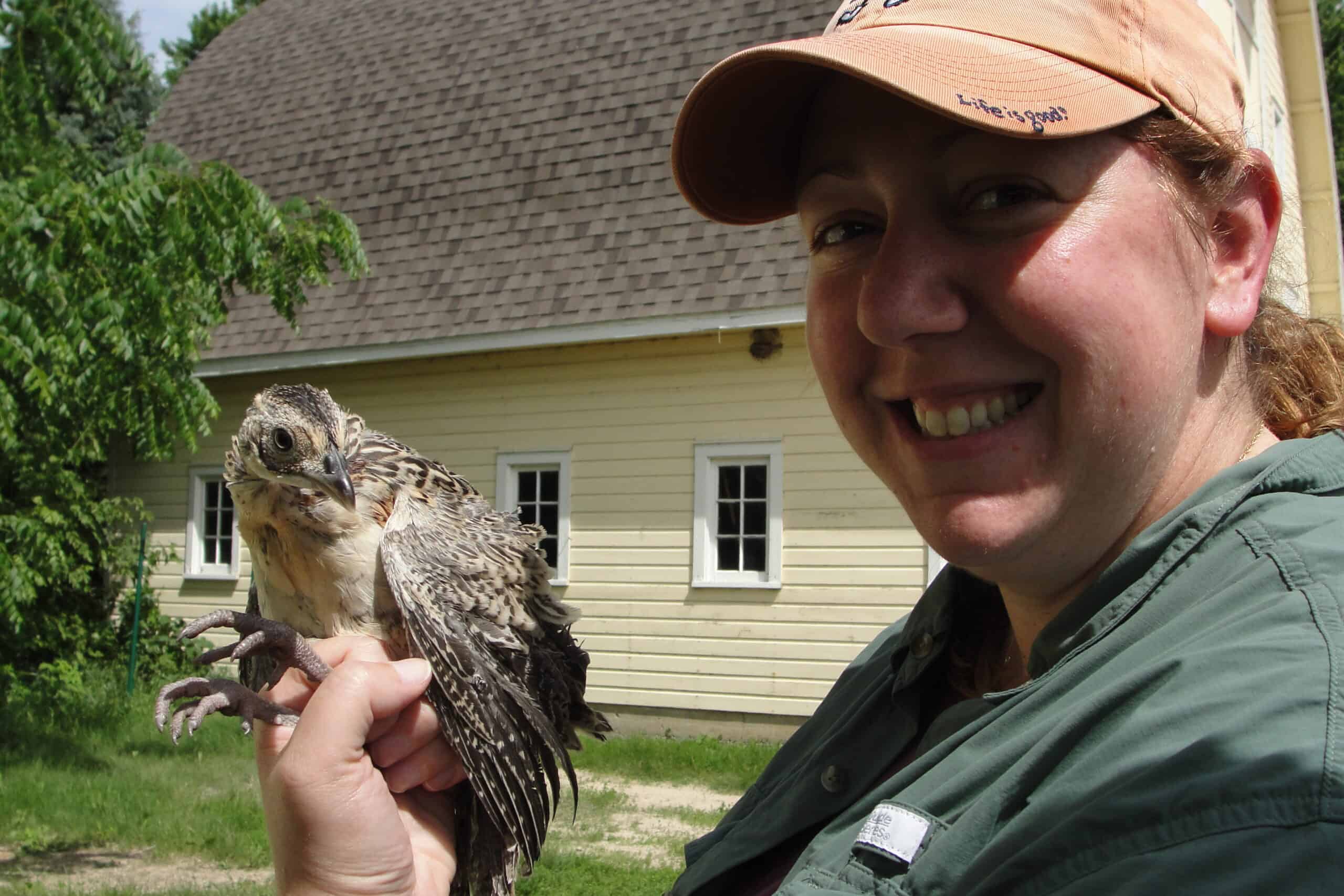Share this article
Urban areas can be ecological traps for black bears
Trash cans and bird seed in people’s yards may provide easy food for roving bears, but new research shows those resources can come at cost. Bears that spend time in urban areas are more often killed, whether due to car collisions or from being euthanized due to conflict with humans.
Members of the public have observed that bears that come into urban areas tend to be larger and have more cubs. These observations lead to the perception that bear use of human foods in urban areas can lead to an increase in bear populations as a whole.
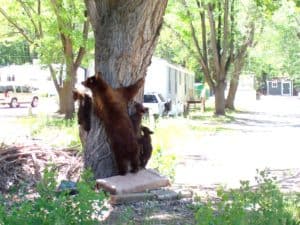
A set of bear triplets in Durango, Colo.
Credit: Colorado Parks and Wildlife
But city bears also experience problems that they wouldn’t often encounter in the wild. Heather Johnson, a research biologist with the U.S. Geological Survey, initiated a study to better understand how black bears’ (Ursus americanus) use of residential development was influencing bear populations. While working at her previous job at Colorado Parks and Wildlife, she quantified the overall population effects bears experienced as a result of using urban areas.
She and her co-authors collared dozens of female bears that roamed the streets of Durango, Colo., from 2011 to 2017. They used GPS tracking collars, in conjunction with visits to bear dens, to determine how bear use of developed areas influenced their body fat, reproductive success, survival and the survival of their cubs.
The team put all this information into population models to determine the collective influence of development on overall population trends.
In research published recently in Ecosphere, they found that urban living has some positive effects. “Bears that use development are fatter, and they have more cubs,” Johnson said.
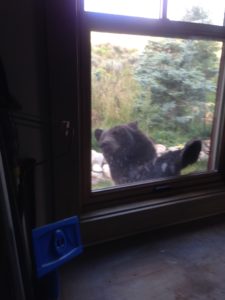
Bears that enter urban areas face a number of threats, including traffic danger and the possibility of being euthanized due to public danger. Credit: Colorado Parks and Wildlife
But they also found that appearances can be misleading. Bears and cubs that spent more time foraging in developed areas also suffered from higher mortality rates than bears that didn’t, mostly from vehicle strikes or lethal removal due to conflict with humans. Some also died from other urban factors, like accidental poisoning.
“That cost of higher mortality outweighed the increase in reproduction,” Johnson said, “and the population was projected to decline as bear use of development increased.” The researchers also found that bears increased their use of developed areas in years when natural food was scarce. These years also meant higher numbers of deaths.
She said while many wildlife managers often focus on educating people to be more tolerant of large carnivores, this study shows that it’s also important to consider the viability of having these carnivore populations around human development. People in Durango have a high degree of tolerance for bears, for example, but bear mortality is still high.
In response to higher human-bear conflicts, management agencies often increase public harvest. This strategy may exacerbate bear population declines, while having little influence on reducing conflicts, as conflicts appear to be associated with shifts in bear behavior not increases in bear abundance.
The study reinforces the idea that people in urban areas should take precautions like using bear-proof garbage cans to give the animals less impetus for coming into town. “If we can minimize bear motivation for coming into town and foraging, we can reduce bear conflict and mortality,” Johnson said.
Header Image: Black bears that enter urban areas face higher mortality risks even though they may find easy access to human food. Credit: Colorado Parks and Wildlife



